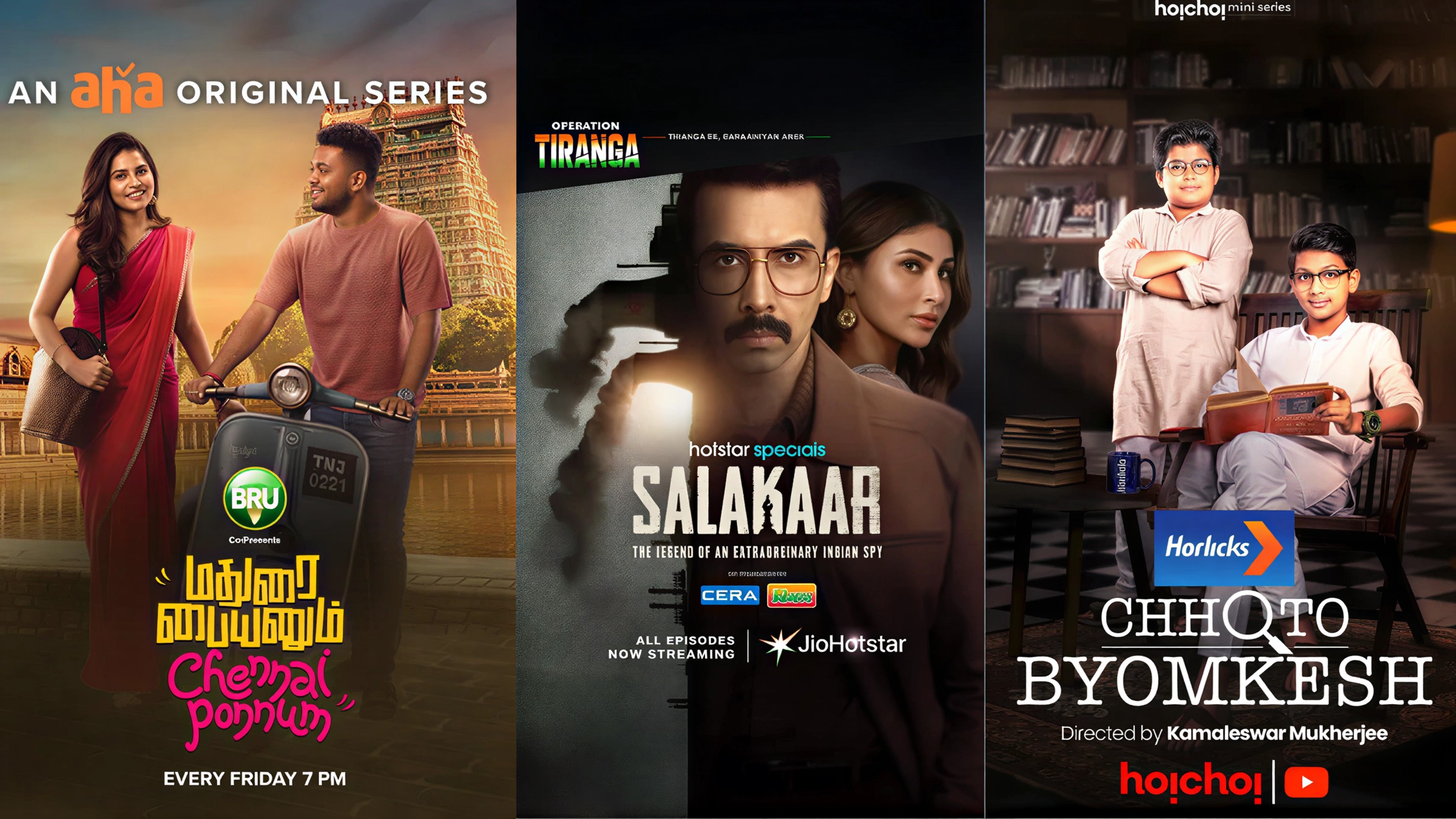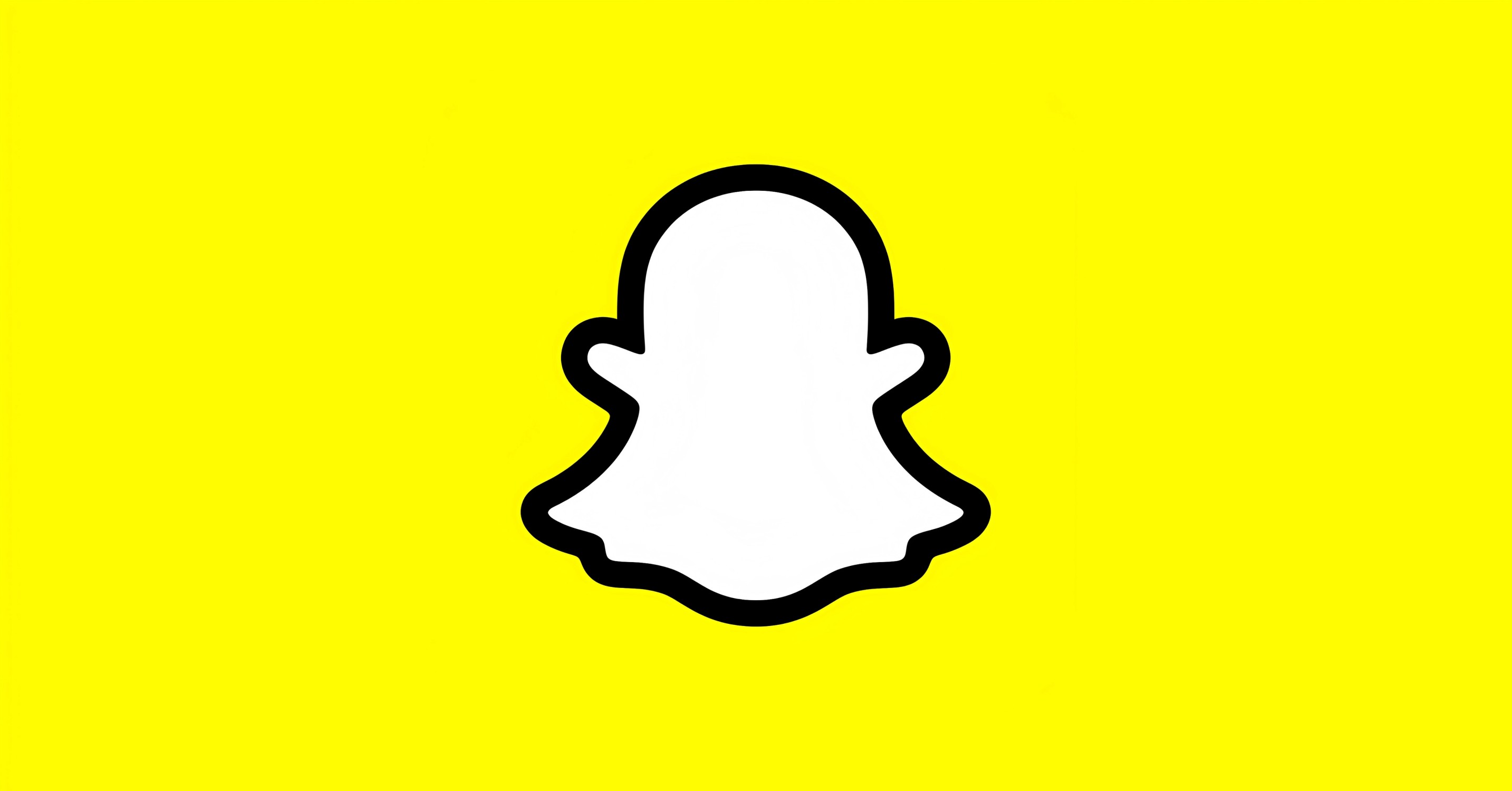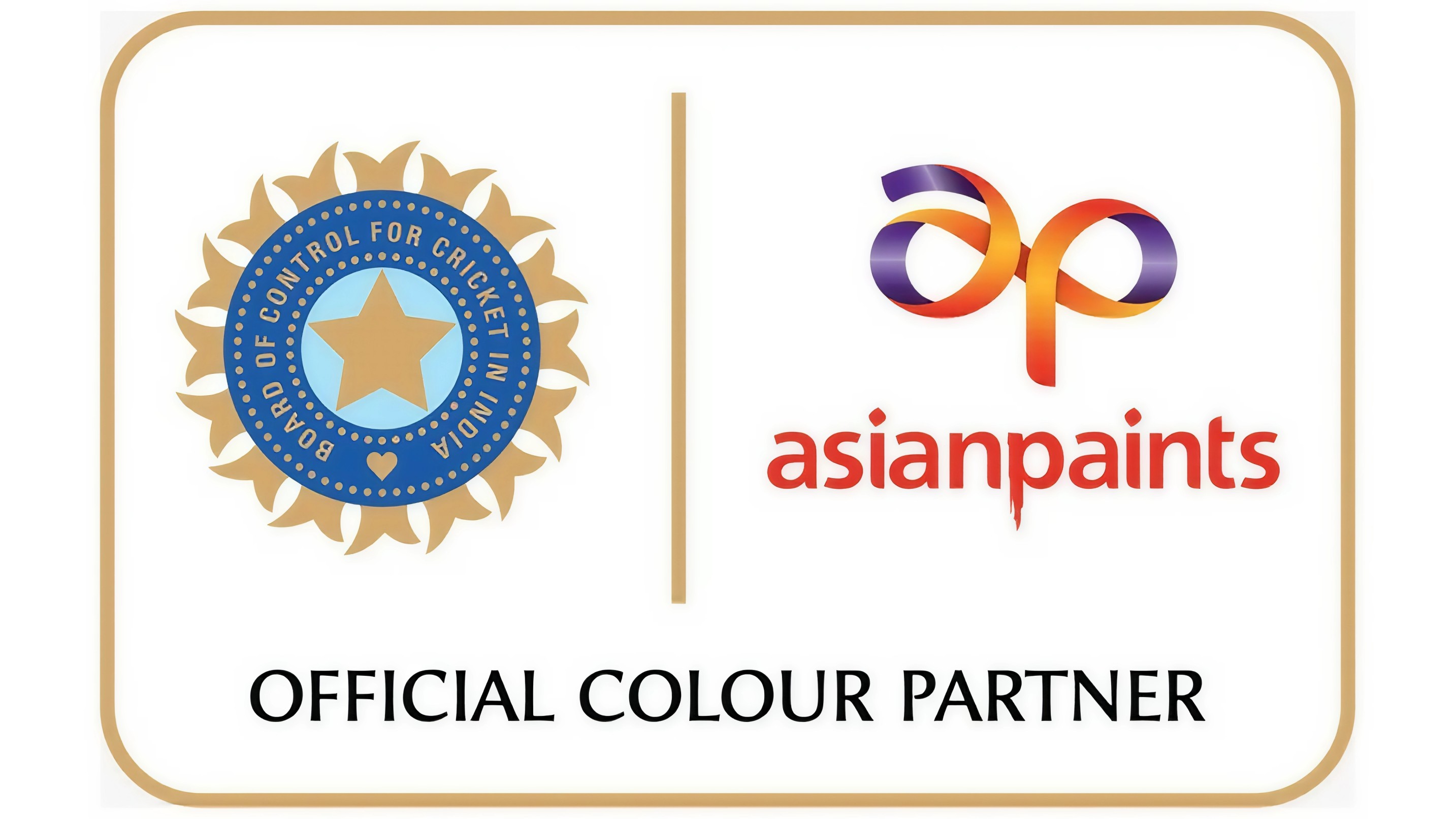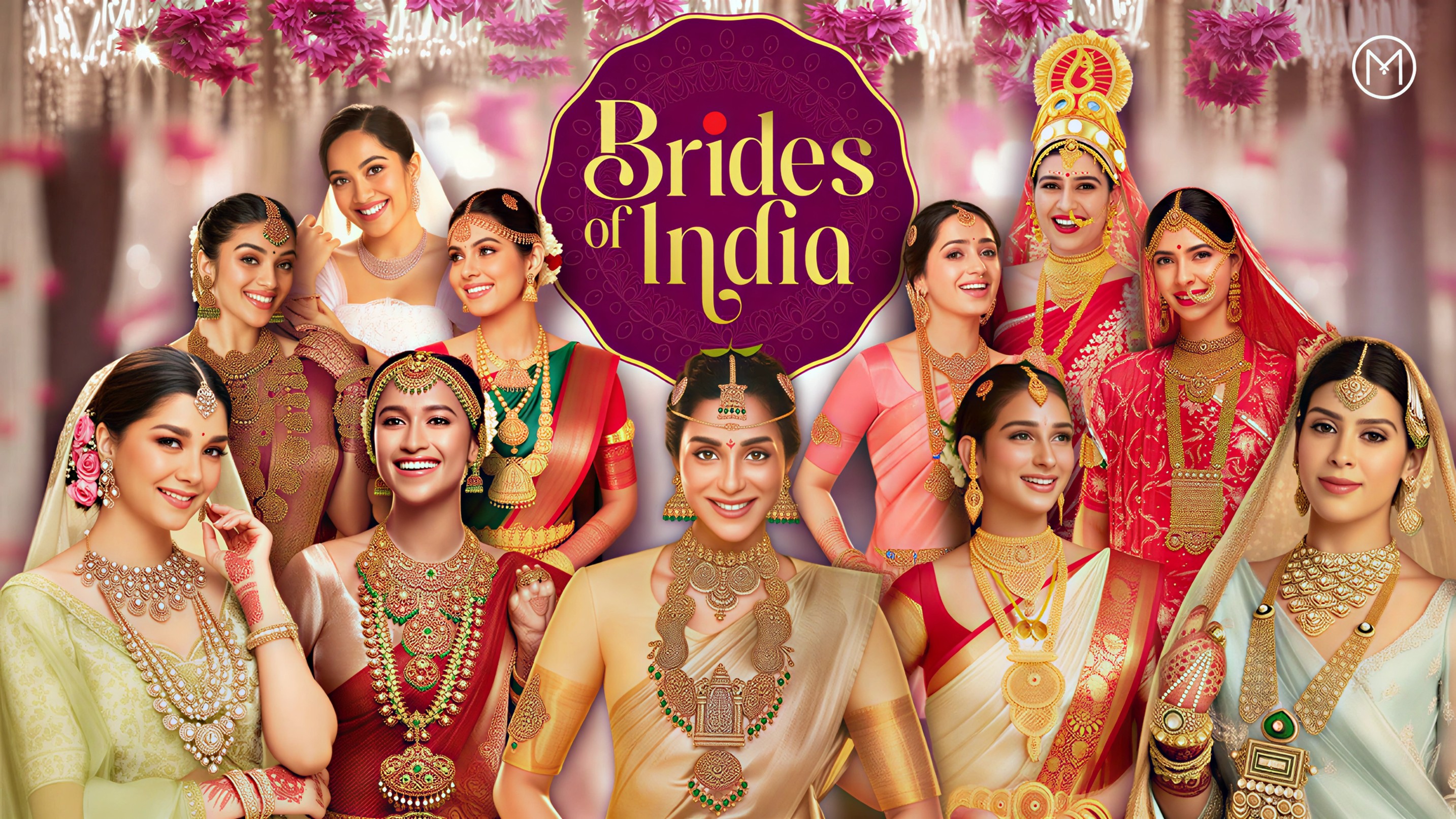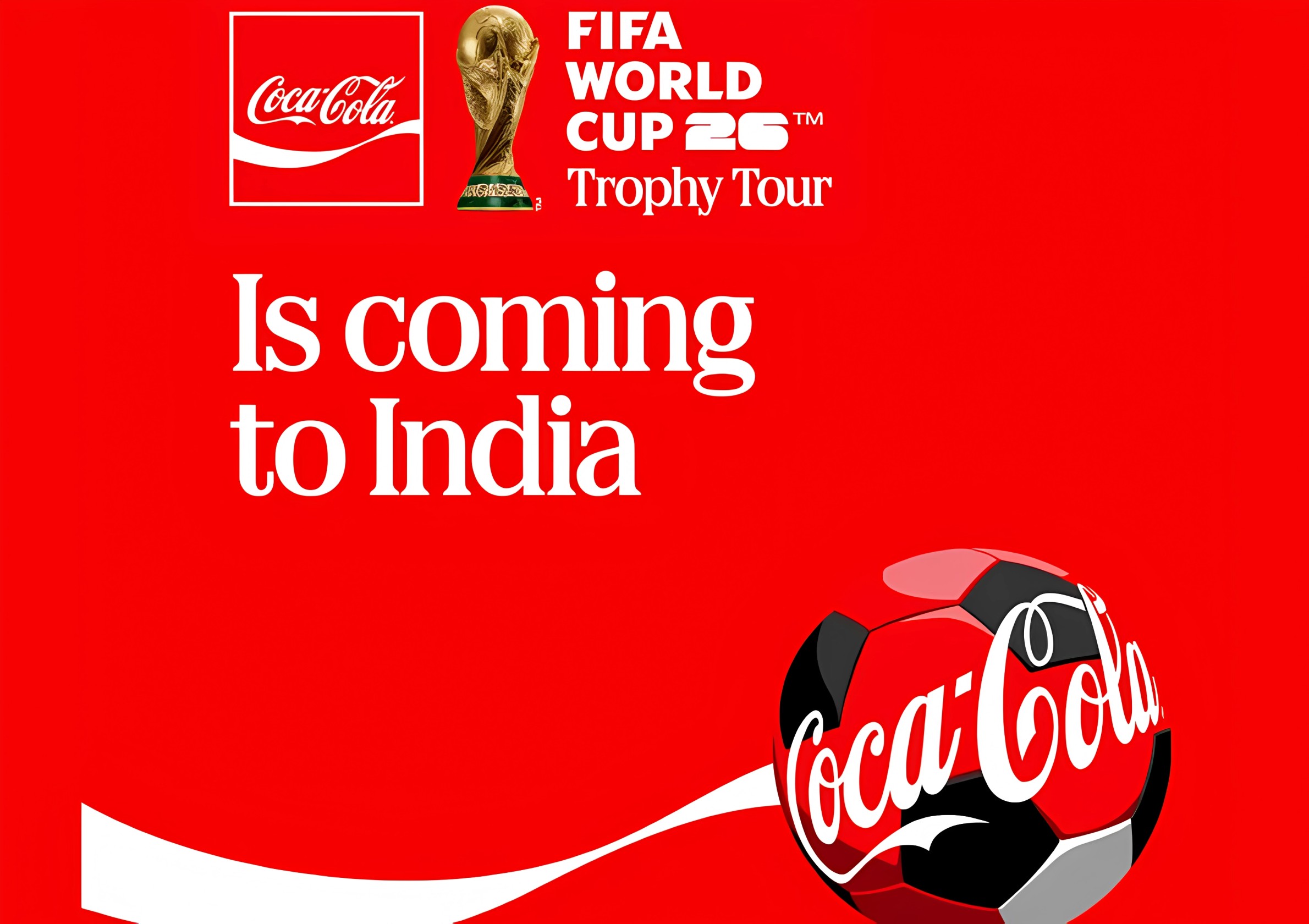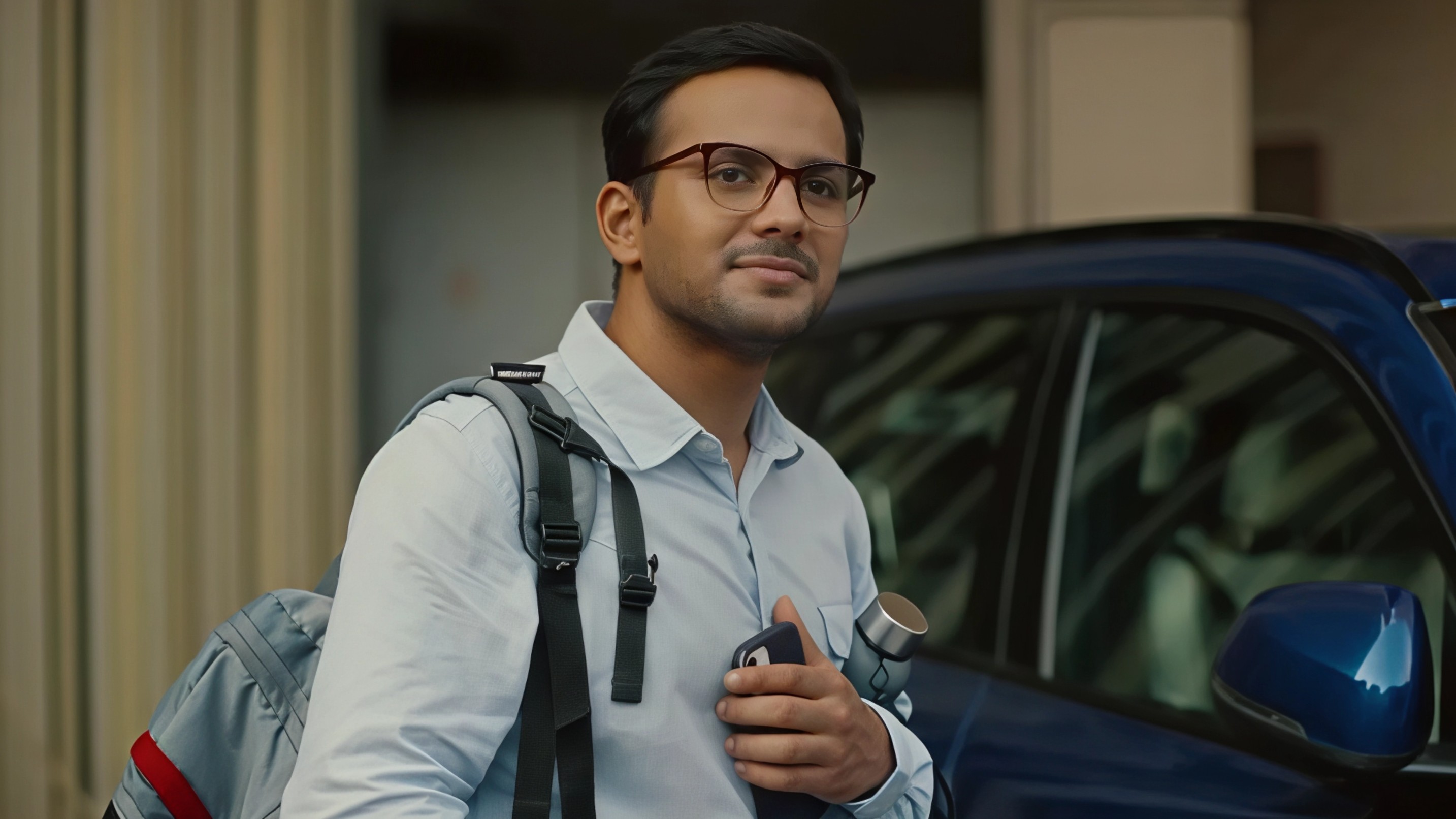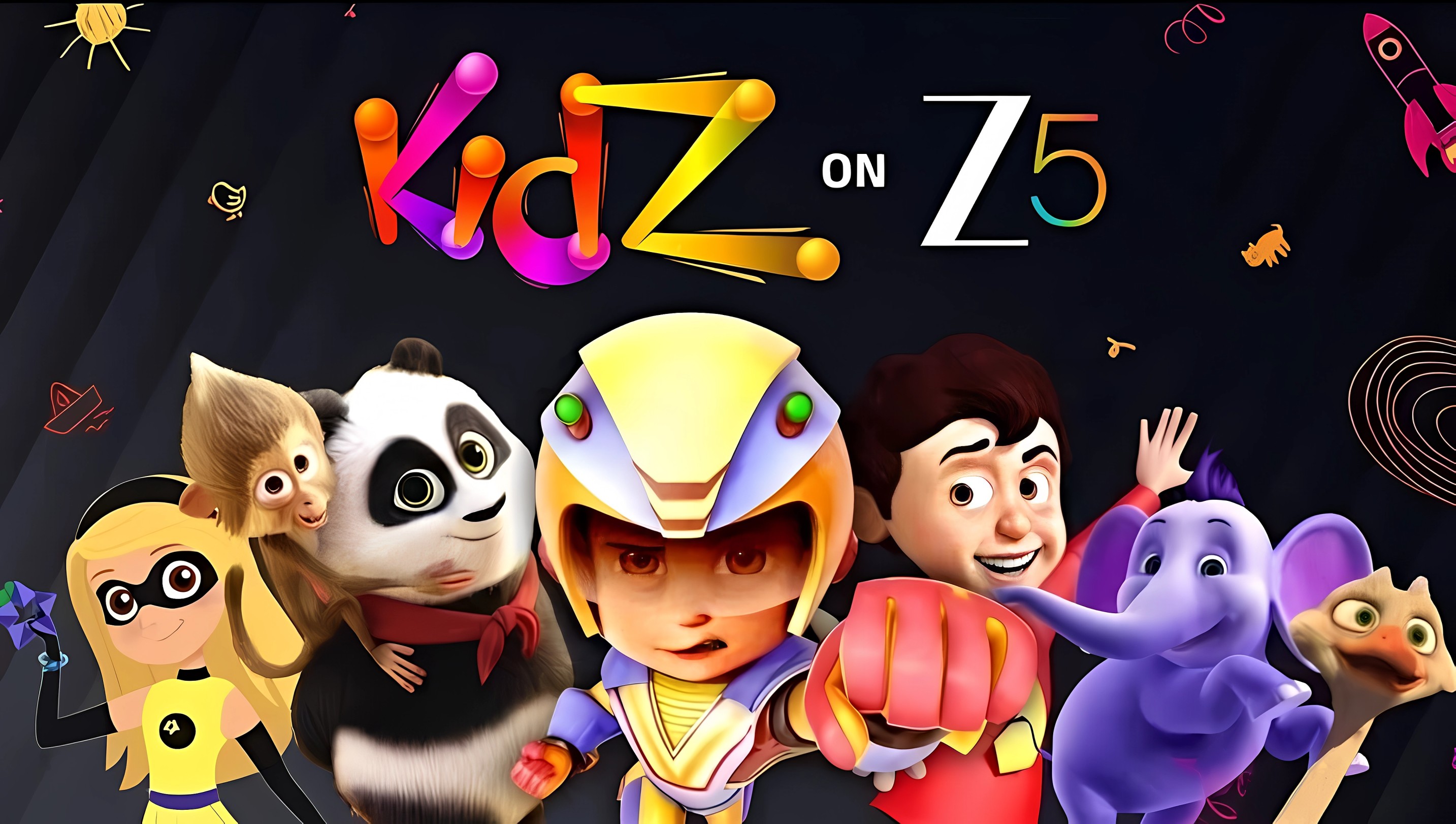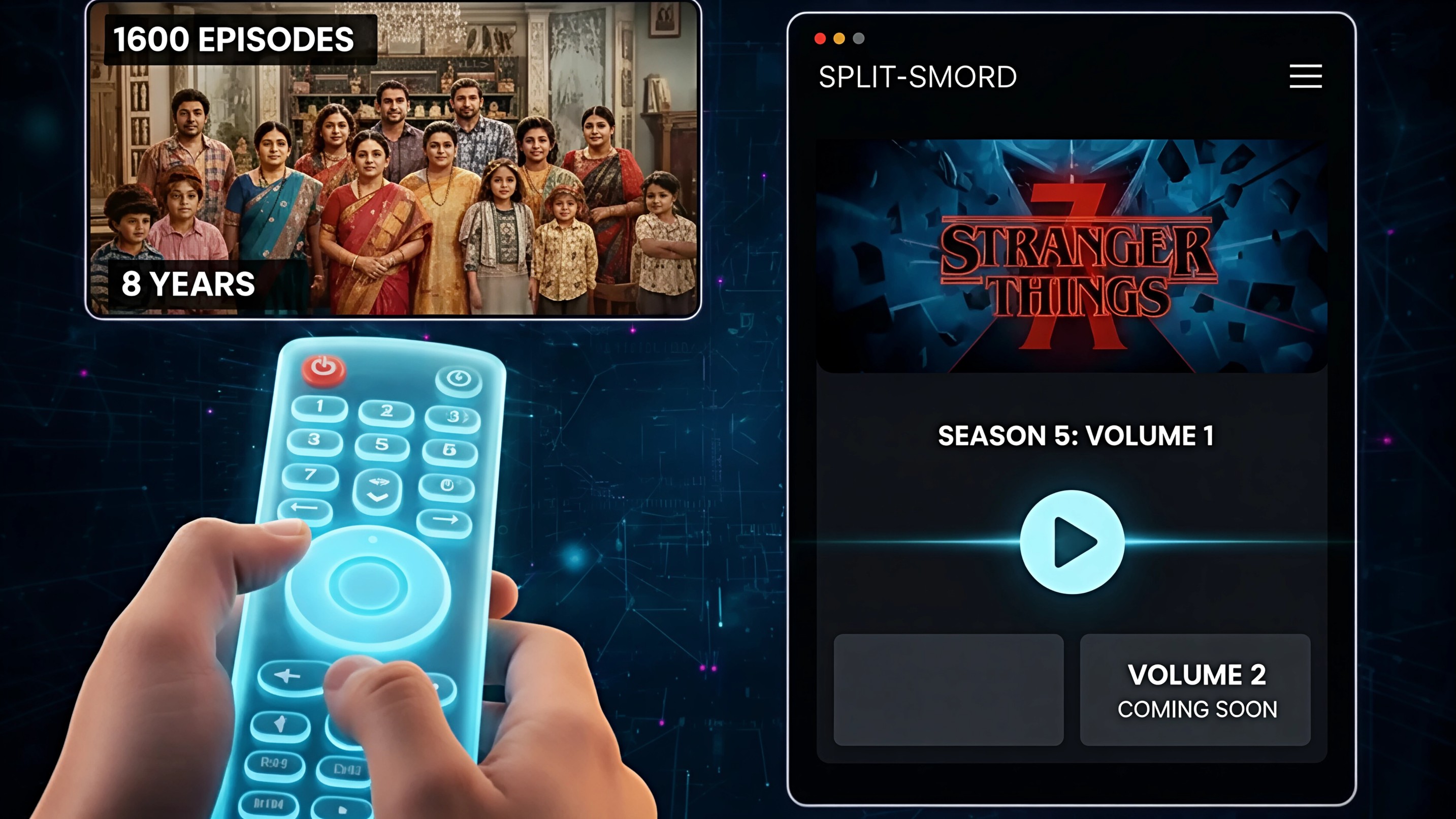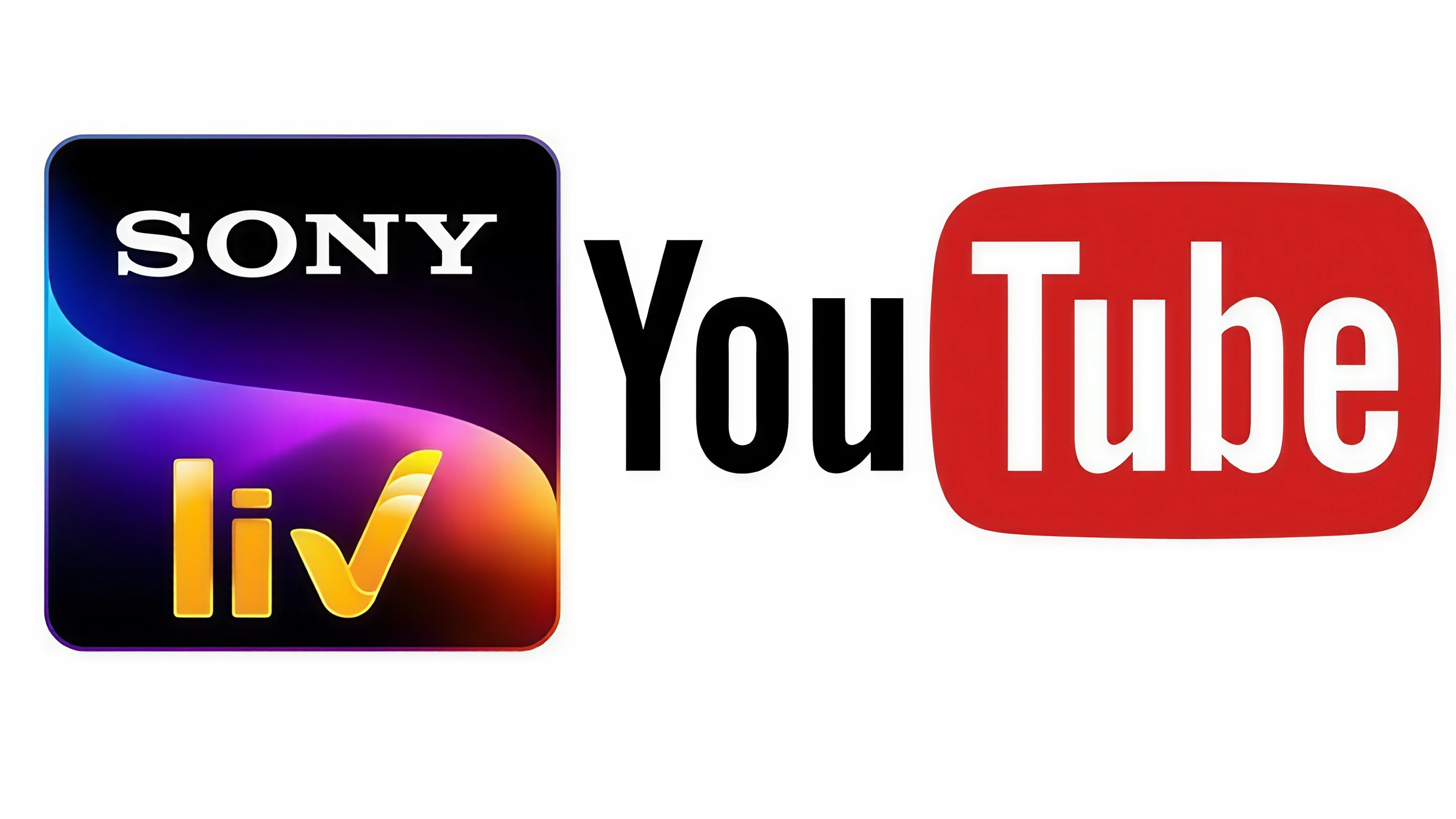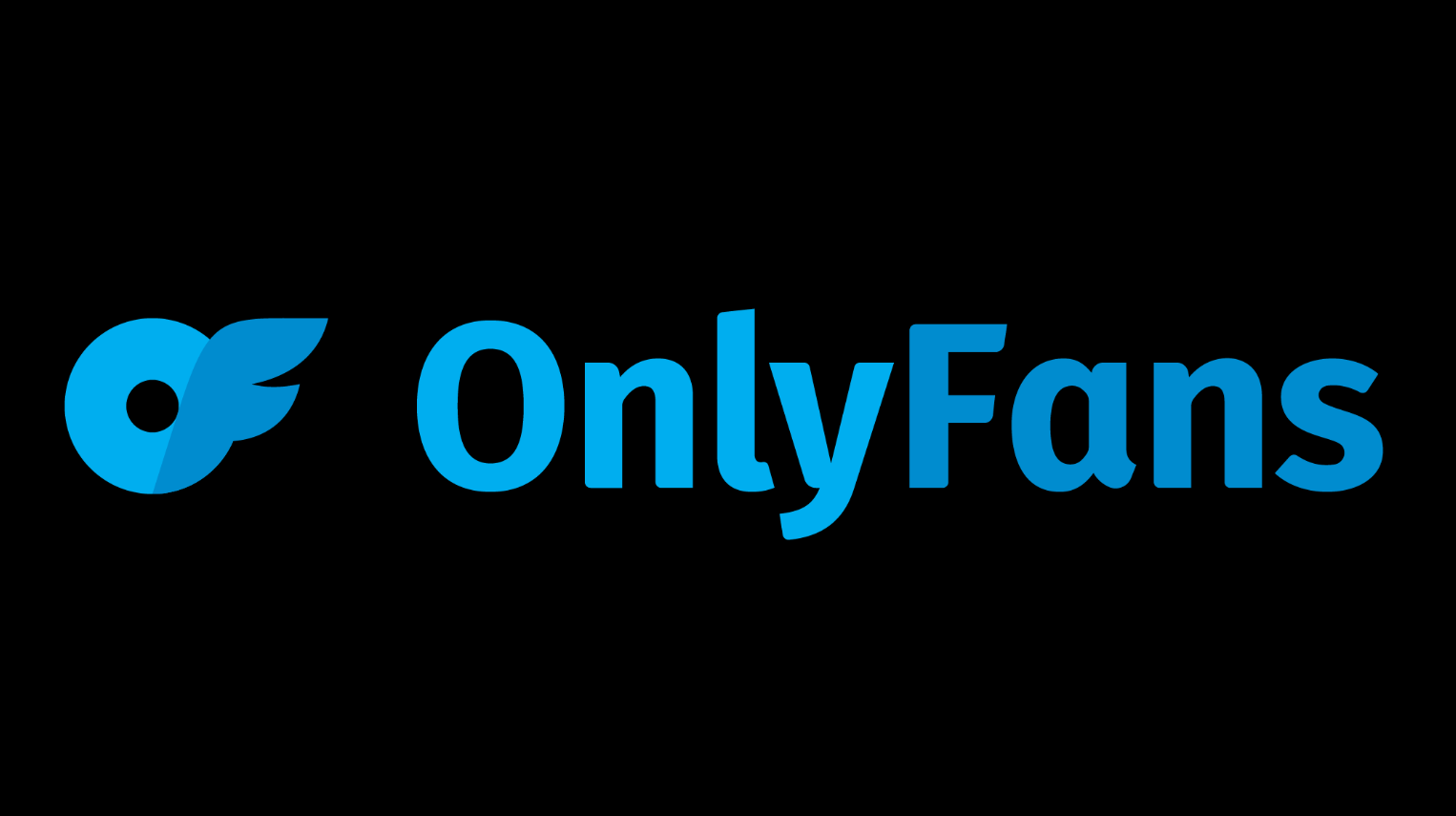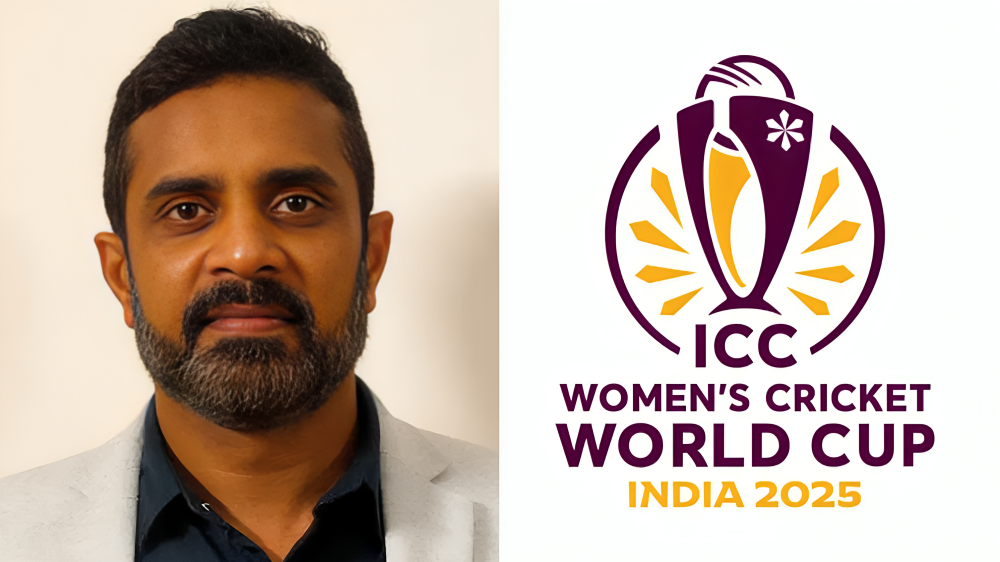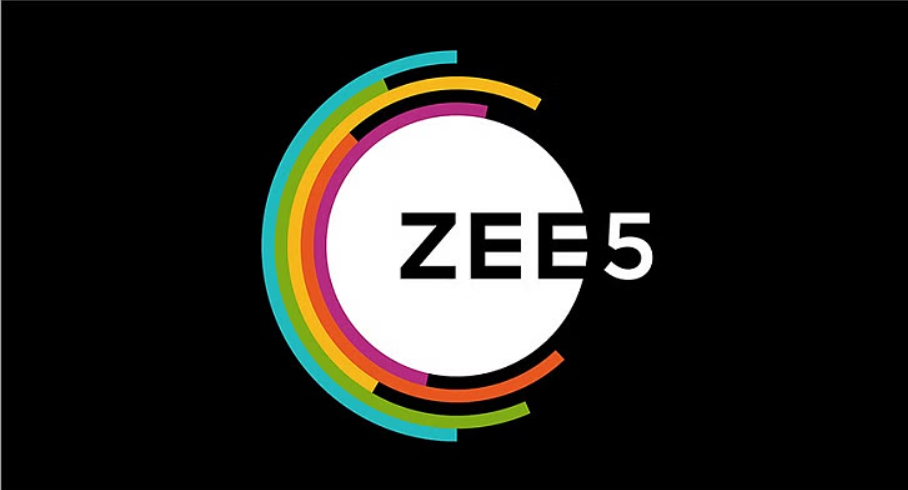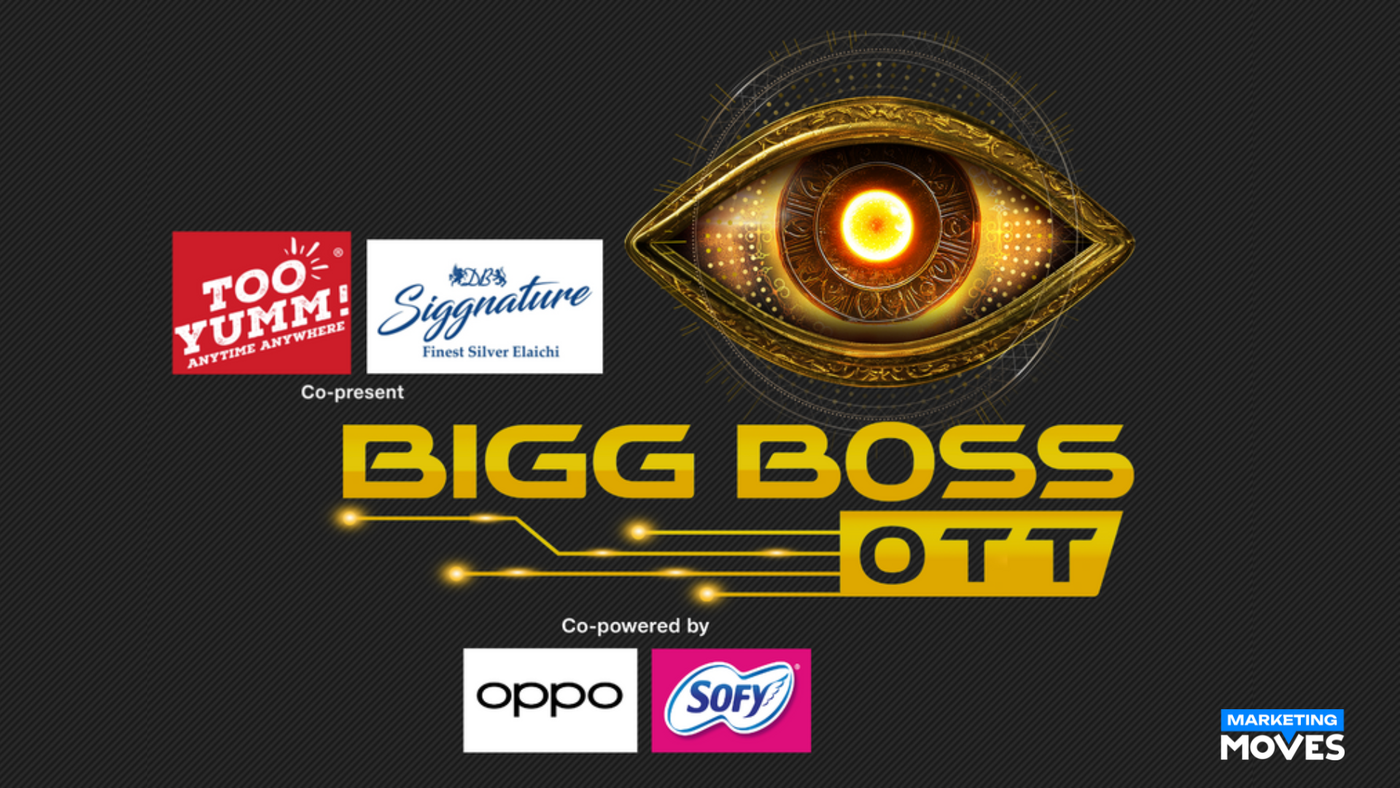As subscriber growth slows OTT fiction show sponsorships are becoming the next big monetisation lever. With audience additions flattening and ad led models gaining ground, platforms are turning to a familiar idea from television title and property sponsorships but applying it to scripted streaming shows.
Binaca Geetmala, Closeup Antakshari and Bournvita Quiz Contest once defined appointment television, with sponsors woven so deeply into the title that the brand name became part of collective memory. Today, streamers and advertisers are experimenting with a similar format for premium fiction programming, hoping to unlock both recall and revenue.
JioHotstar titles like Search The Naina Murder Case carry Vimal and Denver as title sponsors, while The Trial Season two is backed by Cera and Vimal. On Zee five, Bhagwat is co powered by Lux Inferno, with Asian Paints, Philips and Envy as partners.
The typical package guarantees logo presence on show posters inside the app, credits in social media vignettes and placement in trailers and marketing creatives. Depending on the deal, sponsor brands may appear in ad breaks for AVOD viewers and sometimes inside the script, though many shows stop at surface branding.
What do brands really gain from OTT fiction sponsorships
According to a JioStar spokesperson, the value comes in two layers. First, brands access an uncluttered, brand safe environment with premium audiences who choose to spend extended time with a story rather than skim quickly past a feed. Second, repeated association with a show builds emotional connection that plain inventory cannot match.
ADVERTISEMENT
The spokesperson notes that sponsor brands have seen thirty to forty percent higher growth on brand KPIs than advertisers buying only standard spots, with the strongest lifts at the bottom of the funnel on brand preference and purchase intent.
Unlike traditional television, where measurement relied on broad ratings and recall surveys, OTT adds richer analytics. Platforms can study completion rates, episode wise engagement and post exposure behaviour, then map that data back to brand lifts from studies and content performance tools.
Dabur Red Paste, a sponsor for JioStar series Salaakar, features during intervals for AVOD viewers. For Binit Kumar, AGM marketing for oral care at Dabur India, the key advantage lies in reaching unique audiences especially cord cutters and capturing deeper attention. Immersive OTT storytelling naturally creates longer attention windows than linear TV breaks.
For Dabur, streaming sits on top of a broad media mix. Large, distribution heavy brands still depend on television for mass reach, but use OTT to reach incremental users and sharpen targeting. Challenger brands sometimes invert that equation, leaning more on streaming because attention value relative to cost can be higher. Dabur herbal activated charcoal toothpaste, a premium metro oriented line, sponsored several Hotstar specials and saw strong awareness lifts in brand studies, validating the bet.
ADVERTISEMENT

How are platforms structuring fiction show sponsorships
As subscriber growth slows OTT fiction show sponsorships are being tested most aggressively on ad led platforms such as JioHotstar and Zee five, but regional players are in the game too. Hoichoi has brought in Horlicks for Chhota Byomkesh, while Tamil and Telugu platform aha has partnered with Bru for Madurai Paiyanum Chennai Ponnum.
Soumya Mukherjee, chief operating officer at Hoichoi, notes that most sponsorship models are built for ad supported platforms, but their internal approach remains content first. The brand should inform the theme rather than dictate it. In Chhota Byomkesh, Horlicks appears as part of the detective day, with the character casually drinking it in morning scenes. The message is never spoken aloud, but the association is clear and organic.
Yet many deals stay limited to posters and marketing. Once viewers hit play, the branded thumbnail often disappears and the story itself carries no integration. In Salaakar, Dabur Red Paste lives on the show art but not in the script.
Kumar points out that the challenge is uncertainty. At the scripting stage, brands do not know whether a show will land, face delays or underperform. That makes heavy upfront integration risky. Once a series proves successful, advertisers rush in but that is usually too late to change the story.
ADVERTISEMENT
Genre adds another constraint. Genres such as action, crime and thriller dominate OTT slates and do not always offer natural, positive moments for brand placement, observes Kavitha Jaubin, head of content and strategy at aha. Soap style emotional beats, where products can sit comfortably, are rarer. As a result, aha now prioritises title sponsorships for key properties even when in content integration is minimal.
Bundled deals are also emerging for broadcaster backed platforms. If a brand signs a large television package, digital impressions and partial OTT sponsorship may be added on, with television remaining the primary objective.
Can OTT title sponsors reach Binaca Geetmala levels of recall
Past sponsorships like DLF IPL, Amul Voice of India and Airtel Satyamev Jayate became almost inseparable from the property. Replicating that on streaming is harder. Viewing is fragmented, on demand and personalised. Audiences do not repeatedly encounter the same opening slate at a fixed time each week.
Jaubin believes recall can still build over time if the same brand sponsors multiple seasons and becomes embedded in the title. Over several years, she argues, the association can feel natural.
Harikrishnan Pillai, chief executive and co founder of TheSmallBigIdea, calls the current phase an early draft. The model is still evolving but could become transformative in five years as platforms, creators and marketers learn what works.
Kumar remains cautious. In a world of endless content and fractured attention, deep associations are rare. Earlier, fewer shows and limited channels meant repetition did the heavy lifting. Now, it is harder to credit recall to any single element.
In classic shows like Binaca Geetmala, the sponsor name was spoken repeatedly, week after week, effectively coding the brand into memory. Without that frequency, title branding alone may struggle.
Why are OTT platforms pushing sponsorship so hard
The shift is rooted in economics. India has more than six hundred million OTT viewers and around one hundred forty eight million active paid subscriptions, but growth has slowed to single digits between 2024 and 2025 after stronger years earlier. Many global platforms misjudged the market willingness to pay only for subscriptions.
Viewers are still conditioned to free or low cost entertainment. Television remains dominant. Ad supported models have therefore scaled faster than pure subscription, and even premium platforms now show ads to paying users.
Pillai points out that the trajectory mirrors television. First build content, then build audience, then progressively layer more sophisticated advertising from spots to logos, integrations and sponsorship. The difference in OTT is contextual data. If a product appears in a scene, the platform can trigger aligned ad creative around that moment and then retarget viewers who watched it.
Mukherjee adds that monetisation is becoming harder as growth flattens and content costs rise. Platforms must either raise prices or find new brand revenue. Jaubin notes that many are now designing properties specifically for sponsors, with stories built around a brand world rather than retrofitted later.
As subscriber growth slows OTT fiction show sponsorships are emerging as a middle path. They allow platforms to deepen brand partnerships without overwhelming the viewing experience, and give advertisers a way to ride on stories that audiences already care about.
Follow Marketing Moves on Instagram and Facebook for industry insights, strategy breakdowns, and brand transformation stories.

